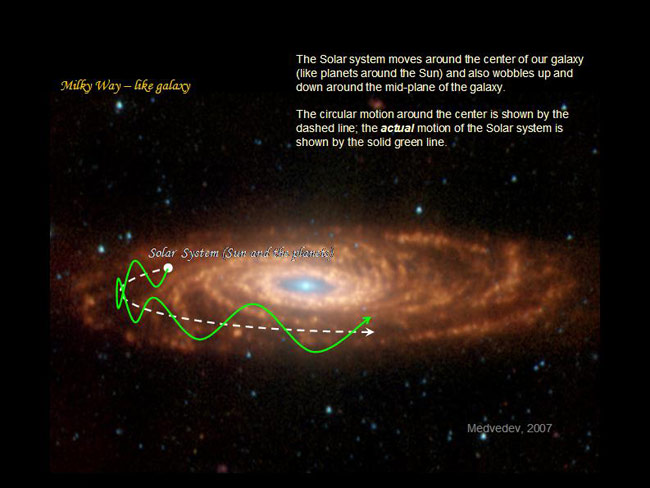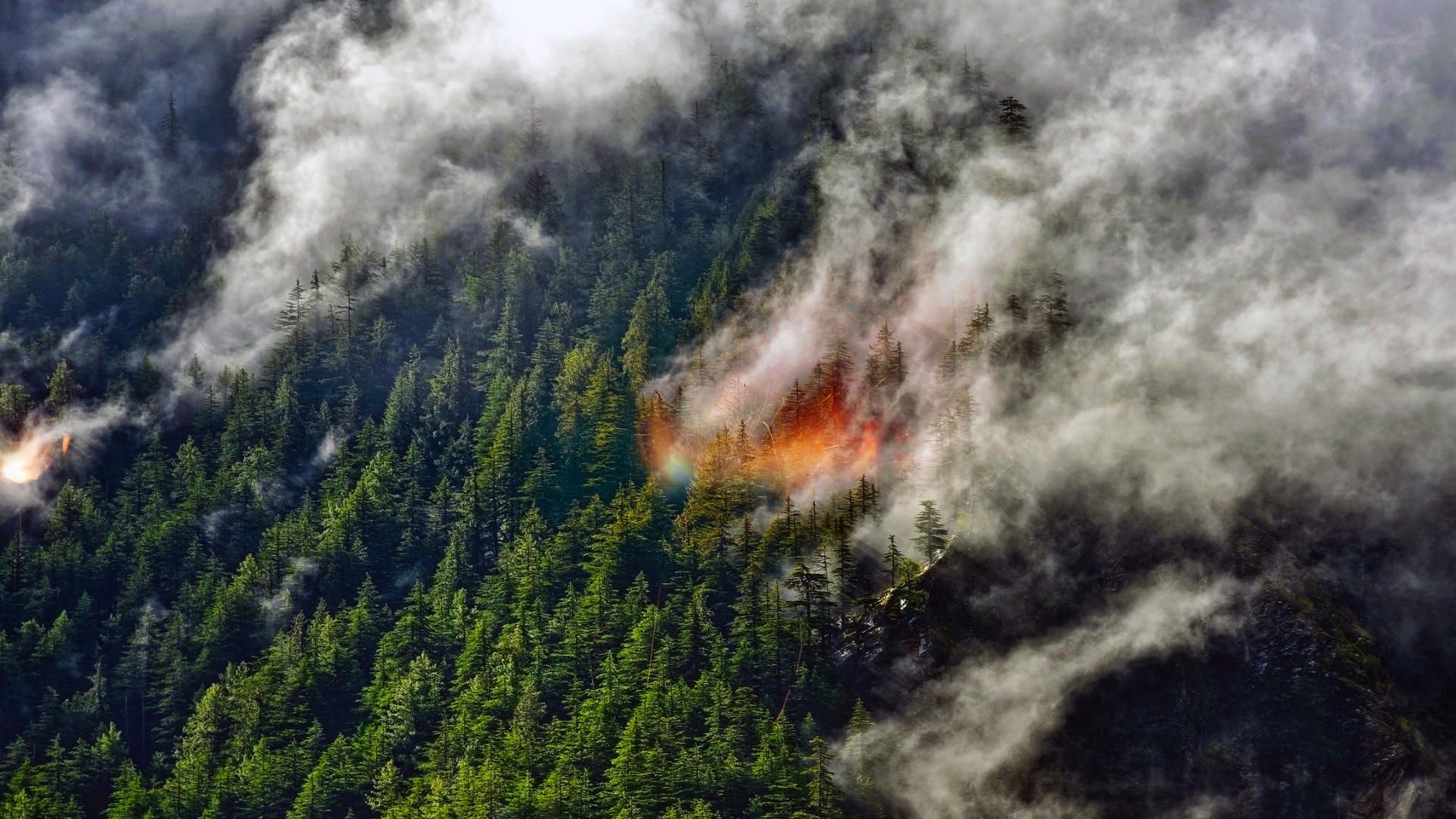Earth Biodiversity Pattern May Trace Back to Bobbing Solar System Path

A puzzlingly regular
Every 60 million
Researchers had
The new study lends
"Even with the
Dangerous cosmic
Cosmic rays are
Breaking space news, the latest updates on rocket launches, skywatching events and more!
But cosmic rays
"It's kind of a
Thousands of muons
"Life has
But what may be able
Peeking out from
On the Milky Way's
Usually, the Milky
This periodicity
In 2007, researchers
A surge in cosmic
The new study puts
Modeling
Atri and Melott
After chewing
The upper end is
"That is just
And even radiation
"Even if it's
So what's in store for Earth in the near future? The solar system is on the upswing now, bobbing toward the northern edge of the galactic disk. But big increases in cosmic-ray exposure are probably still about 10 million years off, researchers have said.
- Video:
You can follow SPACE.com senior writer Mike Wall on Twitter: @michaeldwall.

Michael Wall is a Senior Space Writer with Space.com and joined the team in 2010. He primarily covers exoplanets, spaceflight and military space, but has been known to dabble in the space art beat. His book about the search for alien life, "Out There," was published on Nov. 13, 2018. Before becoming a science writer, Michael worked as a herpetologist and wildlife biologist. He has a Ph.D. in evolutionary biology from the University of Sydney, Australia, a bachelor's degree from the University of Arizona, and a graduate certificate in science writing from the University of California, Santa Cruz. To find out what his latest project is, you can follow Michael on Twitter.
